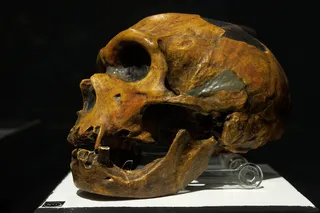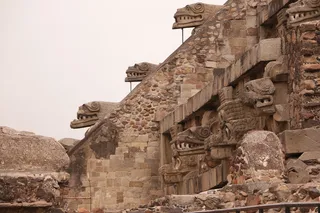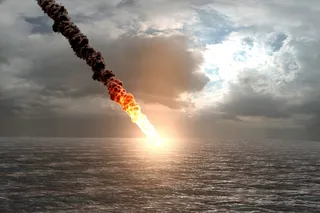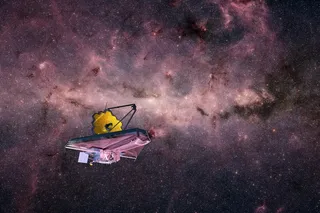As Richard mentions in comments, another famous example of temporal reversal is Kurt Vonnegut's Slaughterhouse-Five. The protagonist, Billy Pilgrim, comes unmoored in time, and finds himself experiencing wildly disconnected moments of his life in an unpredictable order. At one point he becomes unstuck in time and watches a movie played backwards. The movie shows the firebombing of Dresden, which Pilgrim had witnessed in person.
The formation flew backwards over a German city that was in flames. The bombers opened their bomb bay doors, exerted a miraculous magnetism which shrunk the fires, gathered them into cylindrical steel containers, and lifted the containers into the bellies of the planes. The containers were stored neatly in racks. The Germans below had miraculous devices of their own, which were long steel tubes. They used them to suck more fragments from the crewmen and planes. But there were still a few wounded Americans, though, and ...













